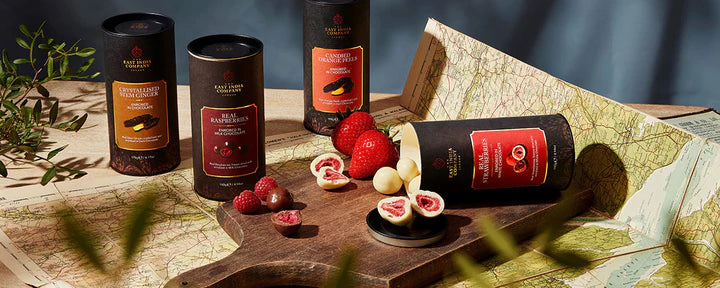James Taylor was a 17-year Scott when he left London in 1851, landing in Ceylon, now Sri Lanka, and sent to work on a coffee estate near Kandy. Coffee was the predominant crop at the time but was prone to being destroyed by fungus – and it would eventually be entirely replaced by tea.
Tea had first been planted in 1840 on the estate of Sir Anthony Oliphant, Chief Justice of Ceylon in the central high land of Nuwara Eliya, under the supervision of The East India Company, but it was Taylor who commercialised the industry. After gaining some years of planting experience, Taylor cleared 19 acres of forest in the Loolcondera Estate in the Kandy district and in 1867 planted tea in hedge-like rows using seedlings from the Assam tea plant.
Not only was he a pioneering planter, but he also learned and developed new production methods, from trial and error on his veranda to his first tea factory and his ground-breaking tea cutting machine that allowed production to grow from a few pounds to 23,000 tonnes just 20 years later.
Known for high quality, Ceylon teas commanded a high price in the London tea auctions of the 19th century.
Taylor died aged only 57 but is still today regarded as the pioneer of the now global Sri Lankan tea industry, the 4th largest producer in the world.



 Ceylon / Sri Lanka
Ceylon / Sri Lanka Assam, India
Assam, India Japan
Japan Taiwan
Taiwan Nepal
Nepal China
China Kenya
Kenya Egypt
Egypt South Africa
South Africa


